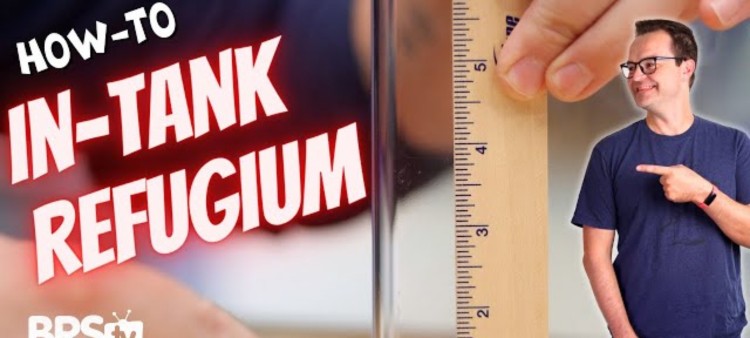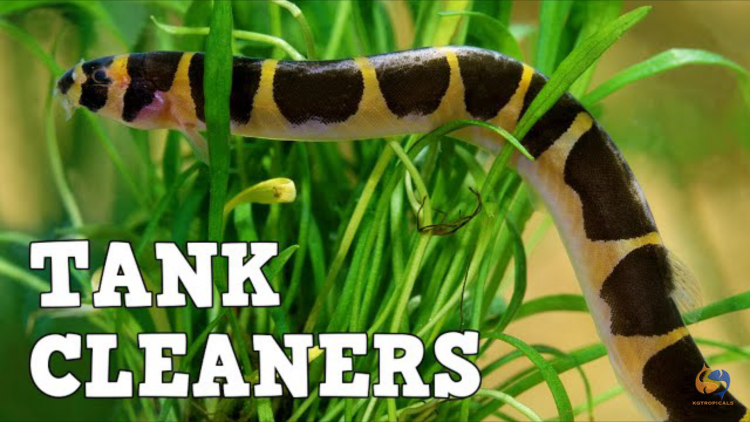Reef Tank refugium Don't Have to be COMPLEX!
- Dec 17, 2022
- Anshika Mishra
- 230 0 0

There are three familiar places to build your refugium:
- Sump
- Back container
- Directly in your display tank
However, the reality for most of us is that either we don't have a sump, or we have a sump that is big enough for a protein skimmer and a refugium at the same time.
This leaves us with options two and three.
A hang-on back filter is good to keep the space in our display tank open, especially if you have a small system. But it's not the best place for fish. So if you have the space, there are several good reasons to consider building an in-tank refugium.
Depending upon your flow and light pattern, you may need to add sand, rubble rock, and macroalgae, and it's done. The second reason is it's excellent for cope-pods. Sure, you can erase copepods in the sump, but the only way for them to travel in the display tank is to get sucked through the return pump.
But with an in-tank refugium, they can make their way through the holes in the refugium and into the main tank.
It's also great as an acclimation box or temporarily put a fish that's been picked on. An in-tank refugium will also keep your Anemone safe.
The downside, however, is that it takes away some space in your display tank. But it also disrupts the super clean lines that rimless tanks give you.
Though it is not the best fit for everyone, if you add an in-tank refugium to your tank, you'll see the benefits.
How to Start an In-tank Refugium?
You'll need some containers with holes to let the water pass in and out. If the flow inside the tank is not high enough, you may need a small utility pump to crank it up a bit. The easiest way is to buy something pre-made precisely for this purpose.
Or you can also make this box at home.
- Take a 7"X3.25"X6" container
- Mark 1.5" from the bottom
- Use small drill bits to punch a few holes in the box
Do not put much pressure on the acrylic; don't punch the hole at the top, as it may crack up the acrylic.
When putting fish, add elements like sand to the box and put a lid on the top. But if you are looking for a space to build microalgae and copepods, add some sand, a few pieces of rubble rock, and then the microalgae of choice.






About author